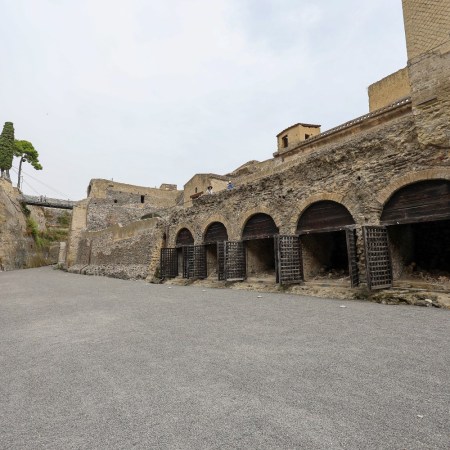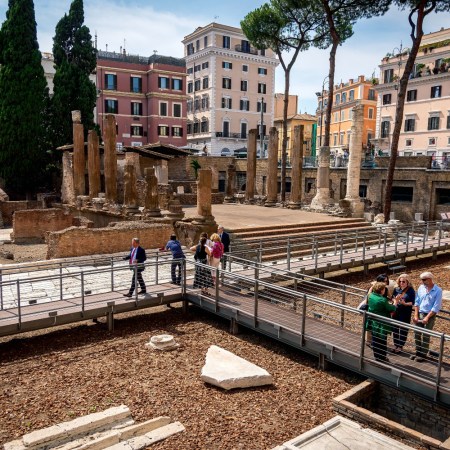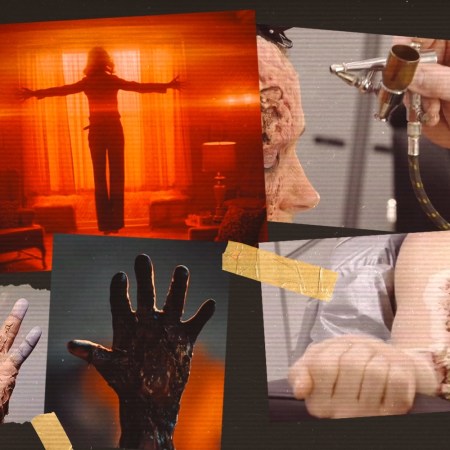Last year, a group of archaeologists discovered the ruins of a villa dating back to the years when the Roman Empire ruled over present-day Great Britain. This find, in the town of Scarborough in England, was unique for several reasons, including, as a BBC report demonstrates, that it was the first example of this layout in the region and possibly further afield as well. There’s additional evidence that the buildings discovered may have played a religious role as well.
Now, with their work complete, the archaeologists are attending to a new task: putting what they found back under the surface of the earth.
This doesn’t mean that the site is disappearing back into anonymity. Instead, it will remain a public space with images to be added that will showcase the site’s history. As a Smithsonian Magazine article points out, the process of reburying archaeological digs is more common than you might think, for reasons ranging from stability to security.
There are some other issues that also affect whether or not a site is reburied — the presence of human remains, for instance.
But for now, visitors to the field where this villa once stood can take in the landscape around it and know that just below their feet sit the remains of a structure unique to the region. How many other archaeological discoveries are waiting to be found in similarly innocuous spaces?
Thanks for reading InsideHook. Sign up for our daily newsletter and be in the know.


















